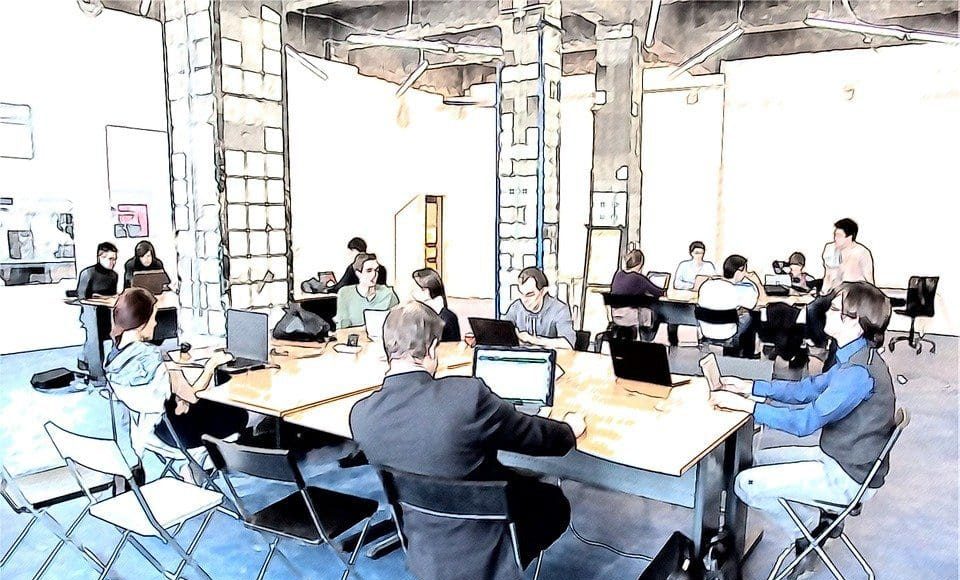Some individuals hold themselves accountable by logging work with productivity applications, while others rely on blog sites and books inspiring performance quotes. Regardless of how you encourage on your own to get points carried out in the work environment, from time to time, we all find ourselves looking for productivity suggestions to keep us moving forward. And if you don’t assume this relates to you, consider this: research suggests that in an eight-hour day, the ordinary worker is just productive for two hours and 53 mins. That leaves a lot of space for improvement.
Here are a few changes you can implement for better employee productivity.
Provide better, more comprehensive training
A better-trained employee is going to be a much more productive employee. With even more training, an employee will understand their job better and will make fewer mistakes. They’ll additionally feel even more positive, enabling them to make decisions on the fly and feel much more valued in the workplace, which can help reduce employee turnover.
The type of training you provide will rely on the position you’re training for, yet may include onsite training with a more knowledgeable coworker or compensation for outside courses.
Grant more flexible schedules
Consider applying even more adaptability in your employee scheduling; for instance, rather than mandating that all your workers adhere to a stringent 9-5 timetable, provide wiggle space to set different shifts, such as working 8-2, then getting added work from 6-8. This will have a variety of benefits.
For starters, people are genetically inclined to be at peak productivity during various times of the day; letting people work when they’re most productive is ideal for getting extra work done. It also offers your workers the chance to run daily chores during weekdays that they could not, or complement a partner/spouses working hours to look after their kids.
As a result of that, you’ll see a healthy boost of spirits once you apply this policy.
Delegate and distribute effectively
Productivity shouldn’t just be about the number of hours you put in or who gets more tasks done during a provided week. Instead, it must have to do with stabilizing those jobs, so they’re executed as efficiently and successfully as feasible, based on the strengths and weaknesses of your employees.
As a team leader, manager, or Chief Executive Officer, your task ought to maximize your own time by concentrating on the tasks and projects that are most important. Various other tasks can and must be delegated to individuals best capable of handling them– make sure you know who’s best at client communications, who focuses on various kinds of technological tasks, and who’s reliable at getting urgent functions quickly.
It’s also vital to delegate with specific instructions, so there’s little to no risk of miscommunication.
Cut meetings
It’s estimated that ineffective meetings throw away approximately $37 billion every year. They’re the scourge of the contemporary work environment and hardly ever use more value than they cost in time. Meetings tend to be ineffective since they’re improperly organized because they’re permitted to run for a complete hour (or longer). In addition, they’re typically not as efficient as email in terms of communication value.
You can significantly improve your productivity by cutting your meetins as much as feasible. For some companies, that means meeting far less usually. For others, it implies reducing the number of meeting attendees.
For others, it implies reducing the time for meetings to 15 or 20 mins.
Stop multitasking
Many research studies have confirmed what most of us knew deep down; multitasking isn’t practical. Except for a small fraction of the population, many of us can only focus on one thing at once. Moreover, when we attempt to manage two jobs simultaneously, we end up underperforming at both of them.
Sadly, you can place a restriction on multitasking that prevents your employees from ever engaging in this task, yet you can set a good example and avoid multitasking when you see it.
Attempt a hands-off management technique
There are several management styles to select from, and the jury’s still out on which, if any kind of, are much better than the others. Nevertheless, some types do not work– consisting of micromanagement and overt controlling.
Adopting a more hands-off management approach lets your employees figure out which strategies and techniques work best for them and gives them more confidence and the freedom to explore their positions.
Be readily available for support and step in when you observe an issue isn’t being addressed, or else leave your employees to decide what works best for them on their own.




























